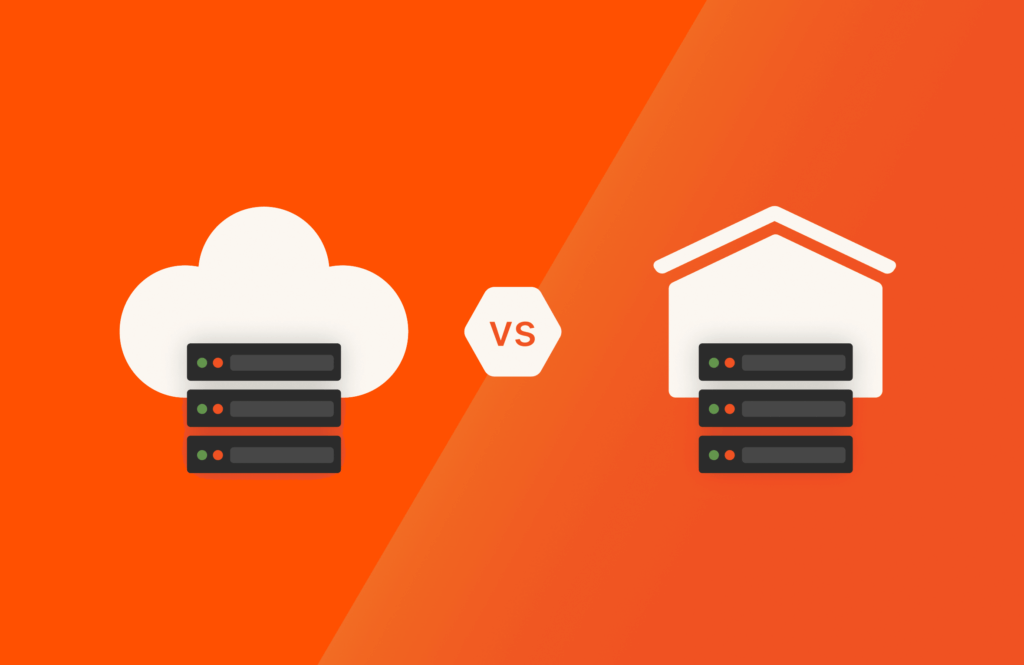In the realm of enterprise-grade GPUs used in data centers, the choice between integrated and dedicated graphics processing units (GPUs) plays a pivotal role in shaping the capabilities and efficiency of high-performance computing (HPC) environments. As data centers continue to evolve to meet the growing demands of artificial intelligence (AI), machine learning (ML), and other compute-intensive workloads, the decision between integrated and dedicated GPUs becomes increasingly significant.
Integrated GPUs in Data Centers: A Pragmatic Approach
Integrated GPUs, often integrated into general-purpose processors, have found a practical application in certain data center scenarios. These GPUs are designed to share resources with the primary processor, offering a cost-effective solution for workloads that do not demand the highest levels of parallel processing power. In scenarios where computational demands are moderate, integrated GPUs provide a reasonable balance between performance and cost efficiency.
One notable advantage of integrated GPUs lies in their seamless integration with the host processor, leading to simplified system architectures and lower power consumption. This integration aligns well with tasks that involve basic graphics processing, virtual desktop infrastructure (VDI), and certain enterprise applications where parallel processing is not the primary focus.
Dedicated GPUs: Unleashing the Power of Specialization
Dedicated GPUs, on the other hand, are purpose-built for parallel processing tasks and excel in environments where high computational throughput is paramount. In enterprise data centers dealing with AI, ML, scientific simulations, and HPC workloads, dedicated GPUs play a crucial role in accelerating data processing and achieving faster time-to-results.
The NVIDIA Tesla series and AMD Radeon Instinct series are prominent examples of dedicated enterprise GPUs, specifically designed to handle complex parallel workloads. These GPUs offer massive parallelism, high memory bandwidth, and optimized architectures for tasks such as deep learning training, molecular dynamics simulations, and climate modeling.
The advantages of dedicated GPUs become evident in applications where the demand for parallel processing power is insatiable. Whether it’s training intricate neural networks or simulating intricate scientific models, dedicated GPUs stand as the preferred choice for data centers striving for peak performance and efficiency.
Balancing Act: Choosing the Right GPU for the Task
In the complex landscape of enterprise data centers, the decision between integrated and dedicated GPUs is a nuanced one. It hinges on factors such as the nature of workloads, budget constraints, and power efficiency goals.
For scenarios requiring versatility, moderate parallel processing, and cost-effectiveness, integrated GPUs offer a pragmatic solution. They align well with businesses that prioritize flexibility and are engaged in tasks where the benefits of dedicated GPUs are unnecessary.
However, for data centers at the forefront of AI, ML, and HPC, dedicated GPUs emerge as indispensable assets. The specialized architecture and parallel processing capabilities of dedicated GPUs significantly accelerate complex computations, reducing time and resources required for data analysis and decision-making.
Related reading: Outsmart the GPU Shortage with Storage Optimized for AI
Integrated GPU Examples
Here are a few examples of integrated GPUS:
Intel Xeon: The Intel Xeon series is designed for professional-grade computing tasks, emphasizing reliability, stability, and performance. These processors are commonly found in servers and workstations, powering applications ranging from data center operations to scientific simulations.
AMD EPYC: AMD EPYC processors are a formidable force in the server market, known for their high core counts and exceptional performance in data-intensive workloads. EPYC CPUs are favored for cloud computing, virtualization, and enterprise-level applications, offering a competitive alternative to Intel’s Xeon lineup.
Dedicated GPU Examples
Here are a few examples of dedicated GPUs:
NVIDIA Tesla Series: The NVIDIA Tesla lineup includes powerful GPUs such as the Tesla V100, Tesla T4, Tesla P100, and the latest addition, the NVIDIA A100. These GPUs are designed for high-performance computing (HPC), artificial intelligence (AI), and scientific applications, making them essential in data centers for tasks like deep learning training and simulations.
AMD Radeon Instinct Series: The AMD Radeon Instinct series, featuring GPUs like the MI50 and MI25, is tailored for accelerating compute-intensive workloads in the data center. These GPUs are optimized for machine learning and artificial intelligence applications, providing robust performance and efficiency for demanding computational tasks.
Intel Xe GPU Series: Intel’s Xe GPU series encompasses a range of graphics solutions, from integrated GPUs in consumer processors to discrete GPUs aimed at gaming and professional workloads. These GPUs mark Intel’s foray into dedicated graphics, offering alternatives for users seeking diverse performance levels across various computing needs.
Google TPU: Google’s Tensor Processing Unit (TPU) is a specialized ASIC designed specifically for accelerating machine learning workloads. TPUs are widely used in Google’s data centers to enhance the performance of AI applications, providing high throughput and efficiency for tasks like neural network inference.
Graphcore IPU: The Graphcore Intelligence Processing Unit (IPU) is designed to excel in artificial intelligence workloads, particularly in the field of deep learning. Graphcore’s approach focuses on processing complex graph-based models efficiently, making IPUs well-suited for training and inference tasks in AI applications.
How Pure Storage Enables You to Optimize Discrete GPUs for AI
Developed by Pure Storage and NVIDIA, the AIRI™ platform was designed to simplify the implementation of artificial intelligence (AI) solutions for the enterprise. It combines NVIDIA DGX A100 systems, Spectrum Ethernet Fabric, and the FlashBlade//STM storage platform from Pure Storage.
AI is becoming a significant investment area for organizations, as it enables quick analysis of large datasets, revealing patterns that would take humans months to decipher. However, implementing AI comes with challenges related to infrastructure and technology adaptation.
AIRI addresses these challenges by offering an easy-to-use, highly scalable architecture optimized for AI workflows. It provides seamless integration of compute, networking, and storage capabilities, allowing organizations to consolidate multiple hardware silos into a shared AI infrastructure. AIRI ensures ease of use, high performance at any scale, agility for future innovations, and sustainable, efficient AI infrastructure.
The FlashBlade//S component enhances performance, density, and power efficiency, making it an ideal storage platform for AIR. The platform has been successfully deployed in various industries, including healthcare, manufacturing, and automotive, enabling accelerated research, data analysis, and model training for AI applications.
Learn more about the AIRI solution.

Pure Storage Business White Paper
The Pure Storage
Platform for AI accelerates
and simplifies AI deployments
AIRI Solutions
Optimize your AI infrastructure with unmatched simplicity, maximum efficiency, and accelerated productivity while lowering costs.






